When growing flowers, people often mention "pruning". What is the use of pruning? Here is a point of knowledge you need to know
We have been raising flowers at home for a long time. We have read many articles about raising flowers. We have seen that we need to prune flowers in time. So why do we need to prune flowers? What is the use of pruning? Do you really know? Today, I will tell you that this is a knowledge point that you need to know when raising flowers. After you master it, you can ensure that the flowers grow vigorously and bloom more, and the shape of the whole plant will be more beautiful.
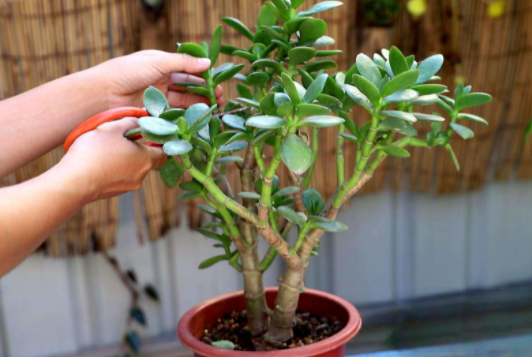
1. Beautiful
If we grow flowers at home and the plants continue to grow, the branches will become very long, with some branches long and some short. The shape of the whole plant will become very ugly, so we need to prune it regularly. One of the functions of pruning is to control the shape of the whole plant. For example, if you want to grow bonsai, you need to prune it frequently to keep it looking good. If you want a big tree shape, you need to have a pole at the bottom.
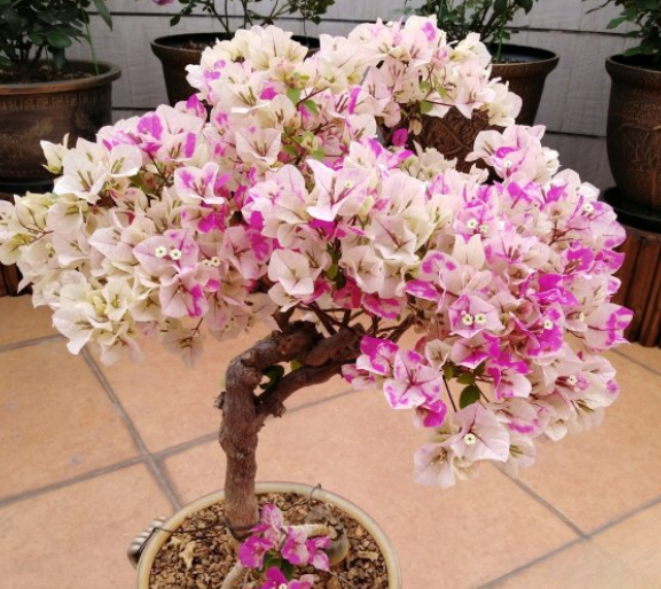
The side buds growing on the pole should be cut off in time, and the top branches should be cut short in time to make it grow into a big tree shape. Otherwise, it will look like a big tree with its teeth and claws bared. It is definitely not good-looking. Therefore, we need to prune any plants regularly, especially foliage plants. We prune regularly to control the shape of the whole plant, so that it will be more beautiful when it grows luxuriantly.
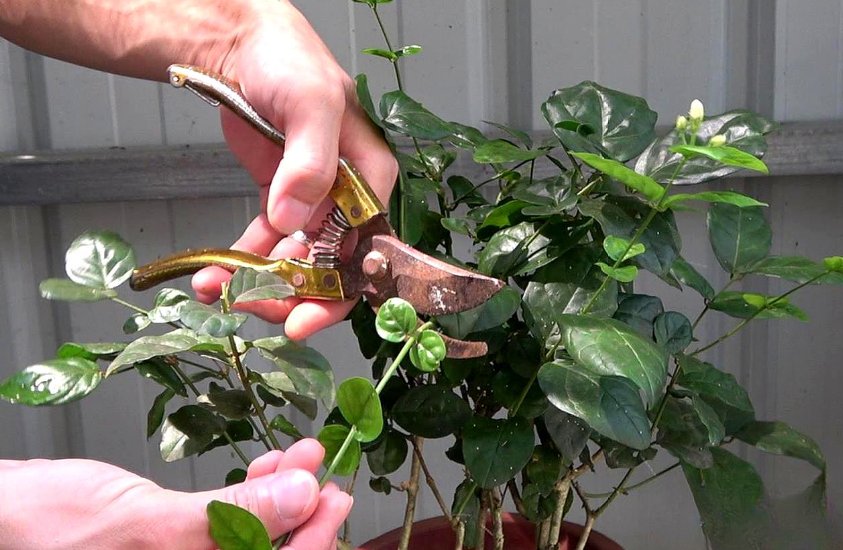
2. Flower promotion
Many people like to grow flowering plants. Flowering plants cannot do without pruning. For example, the flowering plants we grow need to be pruned before they bloom. The thin and weak branches should be cut off, and only the thick and strong branches should be retained. In this way, the remaining branches will be thicker, and the flowers will bloom larger and brighter, and the flowering period will last longer. The flowers on small branches will be very small, and there may even be excessive nutrient consumption, which will cause the flowers on the thick branches to not bloom.
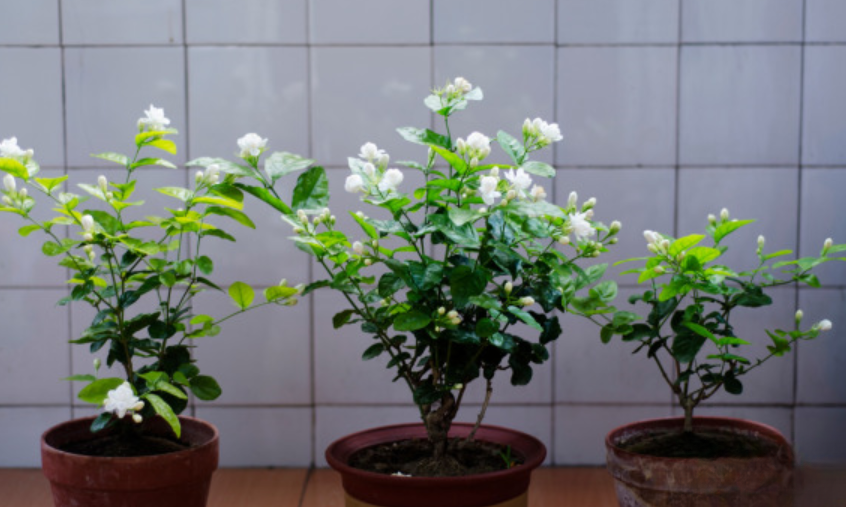
We plant flowers in pots, which are small and have limited nutrients in the soil. If there are too many branches to make it bloom, unless you keep adding fertilizer, if there is not enough fertilizer, the flowers will not bloom, or even not bloom at all. We need to regularly prune bougainvillea, jasmine and other flowers after they bloom, which is conducive to their second flowering. But remember, you need to understand a certain flower before you raise it. Some plants, such as hydrangea, can be pruned after they bloom, but not before they bloom. Prune according to the characteristics of the plant.
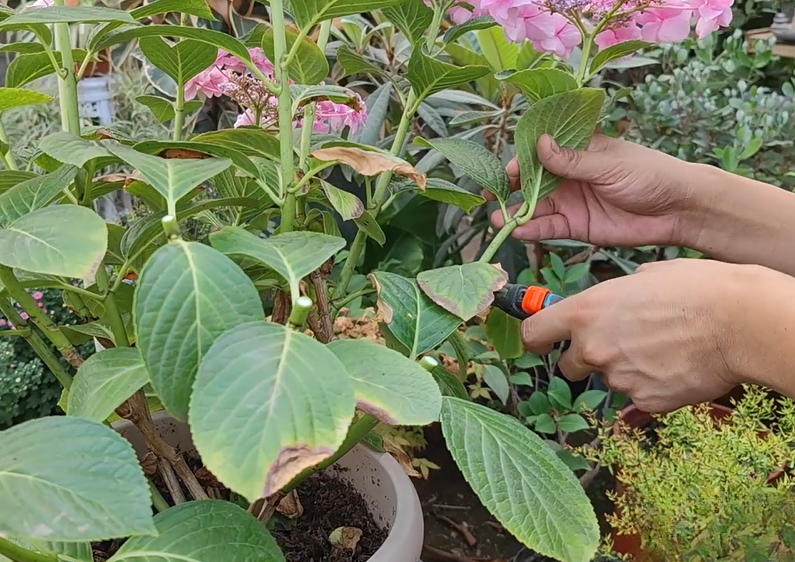
3. Increase ventilation
Most of the flowers we grow are grown indoors, where ventilation is often poor. Under the premise of poor ventilation, if the plants you grow are lush and the leaves at the bottom cover all the soil in the pot, this is also not good. We also need to prune them regularly, trim the dead branches, trim the thin branches at the bottom, and the crossed branches inside.
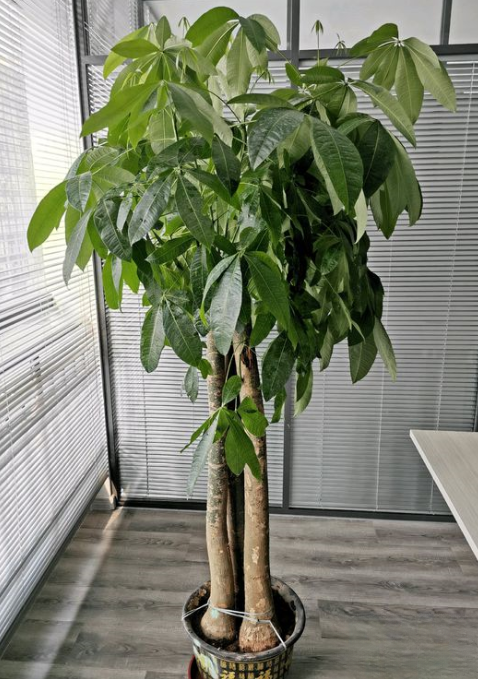
After cutting in this way, the ventilation at the bottom will be increased, allowing the soil surface to see light and be ventilated. At that time, the soil will dry and wet quickly. Pruning the too dense and thin branches inside can increase the ventilation of the entire crown, making it less likely for leaves to rot inside. Moreover, the leaves at the bottom will not rot after pruning, and the plants will grow better.
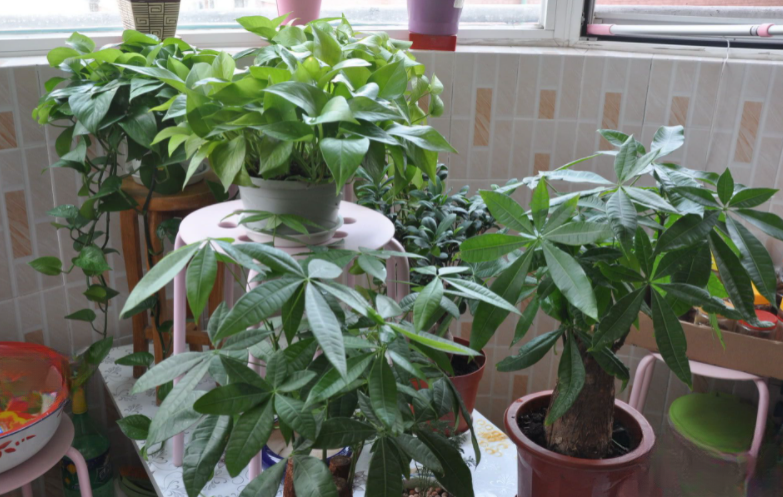
4. Disease prevention
The disease prevention mentioned here is to prevent dead branches and rotten leaves. In the process of growing flowers, due to continuous cloudy days and very poor ventilation, excessive watering will cause leaf rot and even branch withering. If such branches are found, they must be pruned regularly to prevent them from continuing to spread and infect other leaves. Therefore, these prunings are also essential.
If you encounter this disease while growing flowers, you can prevent the disease from spreading by cutting it off in time. After pruning, you can spray it with fungicides, such as mancozeb and carbendazim, which can cure it thoroughly. Then the plant will be able to resume normal growth.
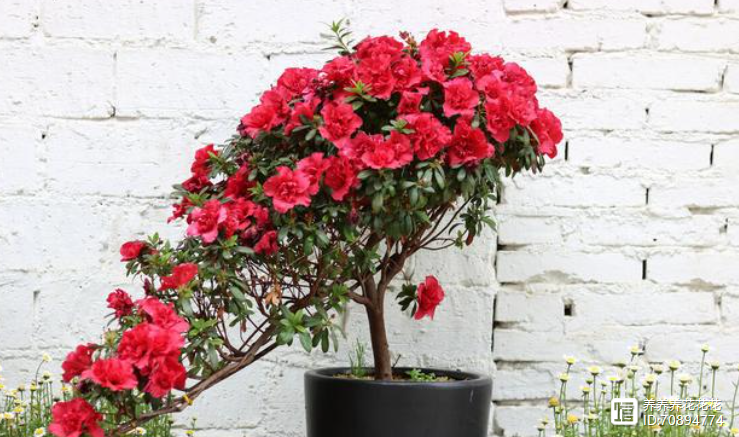
Flowers need to be pruned. The main functions of pruning are to beautify them, promote flowering, increase ventilation, and prevent diseases. When growing flowers at home, you should first understand the habits of the plants you are growing, and then prune them reasonably according to their habits. If you encounter any problems, prune them in time. Only then will the flowers you grow be lush and bloom in abundance.